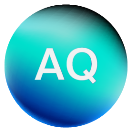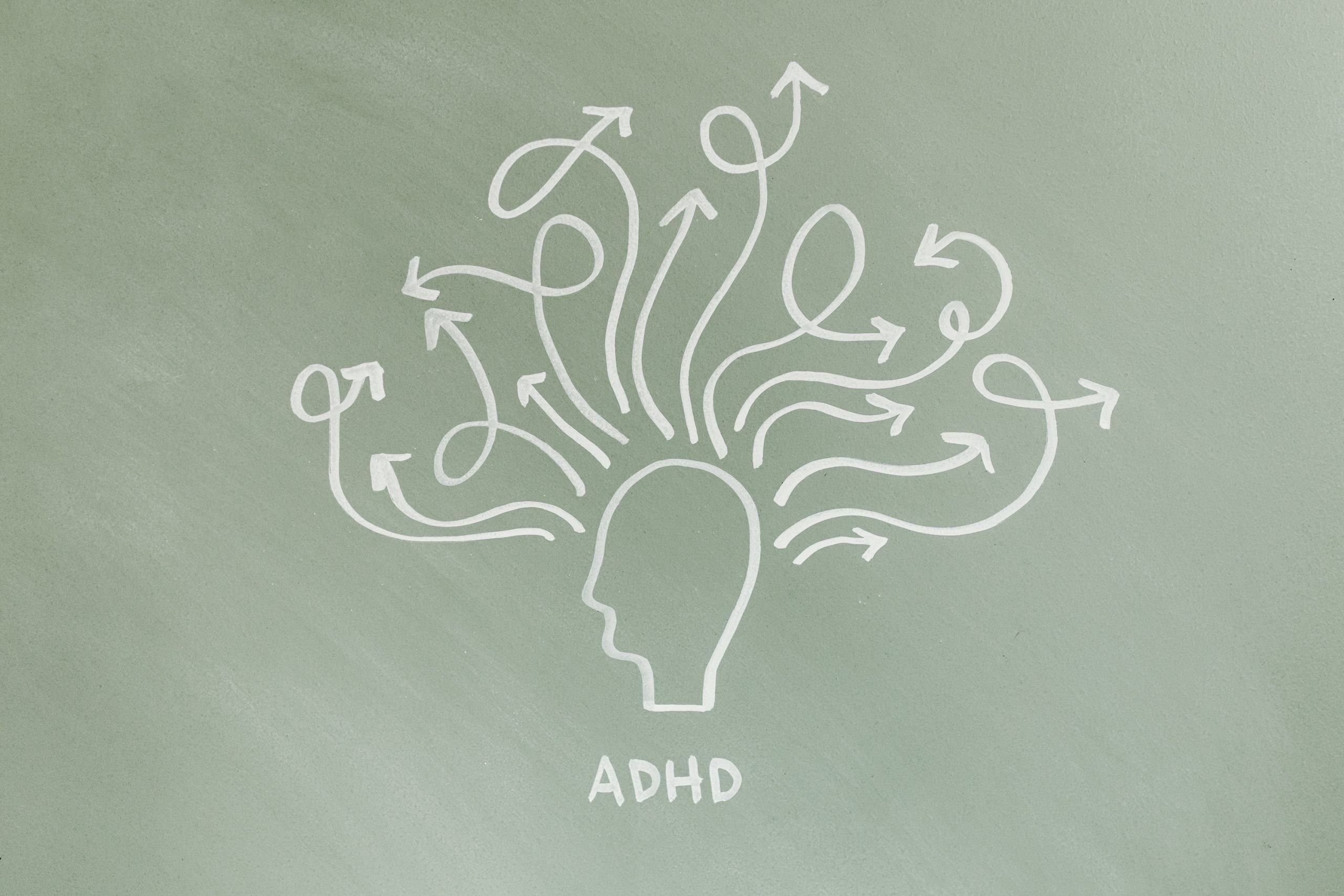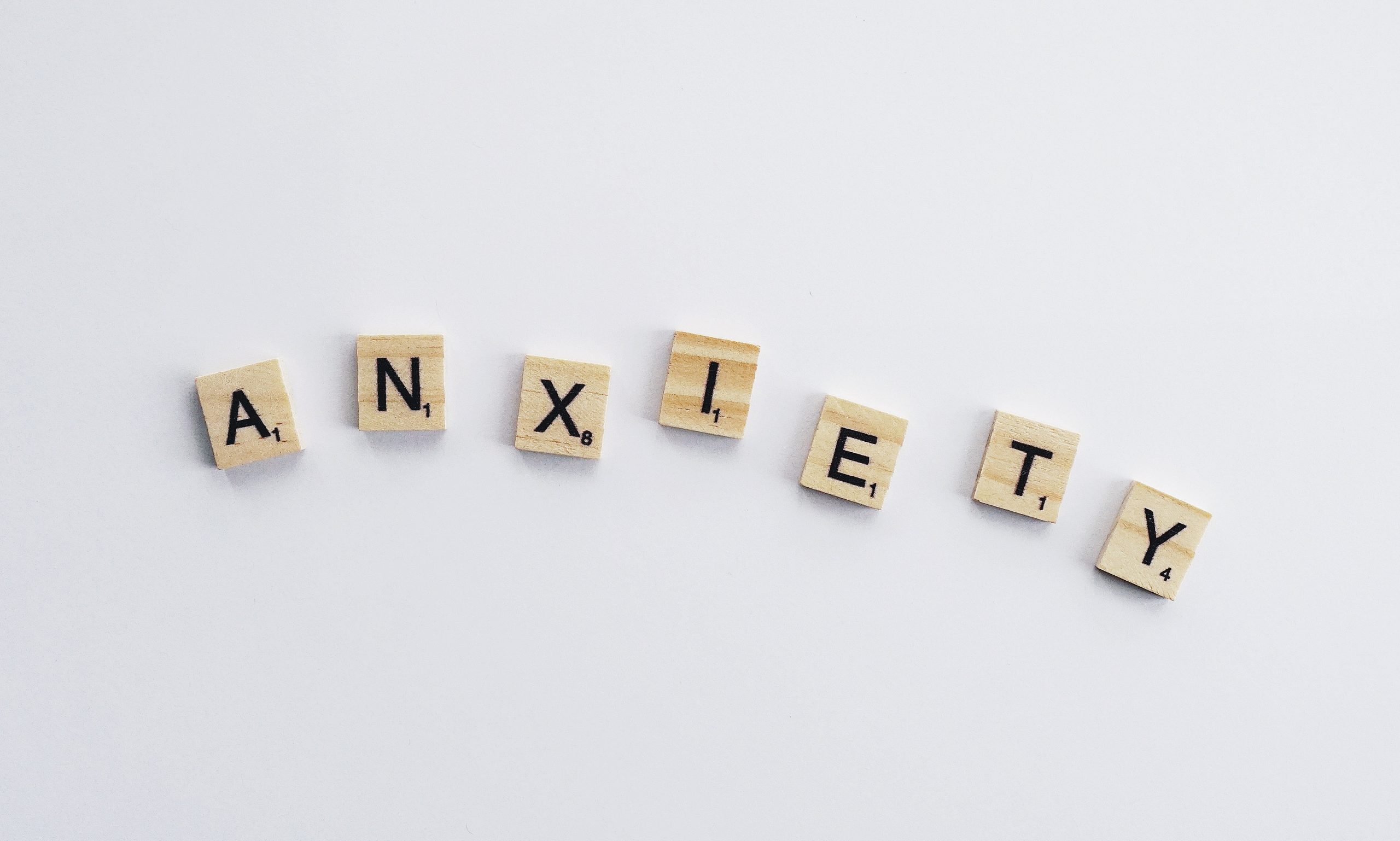More and more people are being diagnosed with ADHD. The CDC says ADHD diagnoses in children increased by 41% between 2003 and 2011. Often, the first-line treatment is prescribing a pill. Although ADHD medications work for some, the efficacy rate is nowhere near what is typically expected from medical intervention. Not to mention, some people experience severe side effects, including sleeping problems, delayed growth, headaches, tics, irritability, and moodiness, among others. If you’re interested in learning how to manage ADHD without medication, you’ve come to the right place.
Some of these drug-free interventions involve lifestyle changes, such as diet modifications, while other options focus on biohacking the brain to improve attention and focus while simultaneously decreasing impulsivity. For most children and adults with ADHD, the most effective treatment plan will include a combination of these approaches.
1. Practice mindfulness
Over the last several decades, an astonishing number of studies have explored how mindfulness can help manage ADHD. And time and time again, they’ve found that mindfulness improves attention, working memory, and overall cognitive functioning. Studies also suggest mindfulness can help reduce hyperactivity and impulsivity.
Many people with ADHD find that practicing mindfulness is challenging—especially at first. Sitting still and clearing your mind for minutes on end? That can be downright difficult for just about anyone. Guided Visualization meditation can be particularly effective for people with ADHD. Rather than focusing on clearing your mind, guided imagery helps you tap into your imagination.
Mindfulness is most effective when practiced consistently, but that’s often easier said than done. Many people find that mindfulness apps help them track their progress and practice more consistently. AQ™ is the first mental fitness training app that quantifies attention and uses your unique biomarkers to provide personalized mindfulness training. And all it takes is a few minutes each day to see improvements.
2. Try behavioral therapy and behavioral parent training for ADHD
Behavioral therapy is a treatment strategy that strives to teach children and adults new ways of behaving by rewarding desired behavior, such as meeting a deadline, following directions, or eliminating undesired actions.
According to the American Psychological Association, behavioral therapy should be the first-line treatment for kids with ADHD under six years old. Studies also suggest behavioral parent training (BPT) can be highly beneficial. BPT helps teach parents effective strategies and skills for interacting with their children with ADHD, thus reducing parental stress and instances of non-compliance.
3. Improve nutrition
A well-balanced, nutritious diet can significantly reduce ADHD-associated symptoms. Because attention deficit hyperactivity disorder is a neurological disorder, neurological interventions are needed. One way to improve overall neurological health is by improving your diet.
When your brain gets the nutrients it needs, it can function better. The following dietary changes have been found to help the area of the brain associated with ADHD.
- Increase protein intake – Protein can trigger neurotransmitters that are responsible for alertness and attention and prevent irregular blood sugar levels, which increase hyperactivity.
- Eat more fish – Omega-3 Fatty Acids found in fish (or fish oil pills) are critical to cell health and have been found to decrease hyperactivity, restlessness, and impulsiveness.
- Take vitamin and mineral supplements – Magnesium, iron, zinc, vitamin B-6, and vitamin C can all help your brain build the neurotransmitters it needs to properly function and improve attention.
4. More green time, less screen time
Being in nature can be a great way to better manage ADHD without medication. Studies suggest spending just 20 minutes outside can improve attention. It can also help children recover from attention fatigue after a long school day.
On the other hand, research has found that children who spent more than two hours a day looking at screens were nearly 8 times more likely to meet the criteria for an ADHD diagnosis.
5. Cut out food intolerances
Diets that cut out food intolerances can reduce brain fog and improve attention. Unlike food allergies, food intolerances are not life-threatening. Sometimes, the symptoms are so subtle they can be difficult to correlate to a particular food or food group. But believe it or not, it’s estimated that 20% of people have a food intolerance.
Be sure to meet with a specialist to test for food intolerances. The most common include dairy, gluten, eggs, soy, sugar, peanuts, corn, beans, tomato, fruit, fish, honey, rice, and meat.
6. Try neurofeedback
Neurofeedback is a type of all-natural, non-invasive brain training that regulates irregular brainwave frequencies, which are often found in people with ADHD. Neurofeedback can also help identify areas of the brain that are out of balance and redirect unwanted behavior into healthy habits.
Even after neurofeedback training has finished, many people continue to find long-lasting relief from inattention.
7. Get adequate, restful sleep
People with ADHD have been found to have an increased prevalence of sleep-related disorders, including insomnia, sleep apnea, chronic sleep deprivation, and night owl syndrome.
Not enough sleep can worsen ADHD symptoms, leading to worsening inattention, increased impulsivity, and procrastination. Reduce screen time before bed, cut back on caffeine and alcohol, and try to go to bed and wake up at the same time every day to set a consistent circadian rhythm.
There you have it! 7 tips to manage ADHD without medication. Please share your tips and tricks in the comments below.
For general questions, reach out to hello@theaqapp.com.





